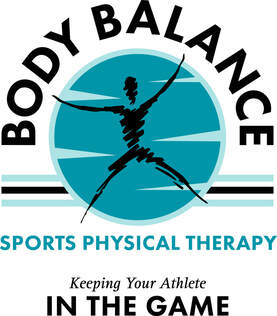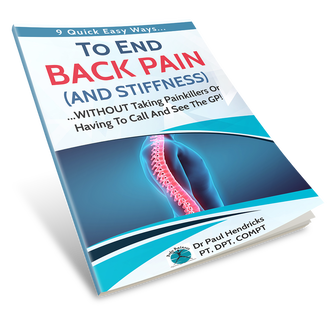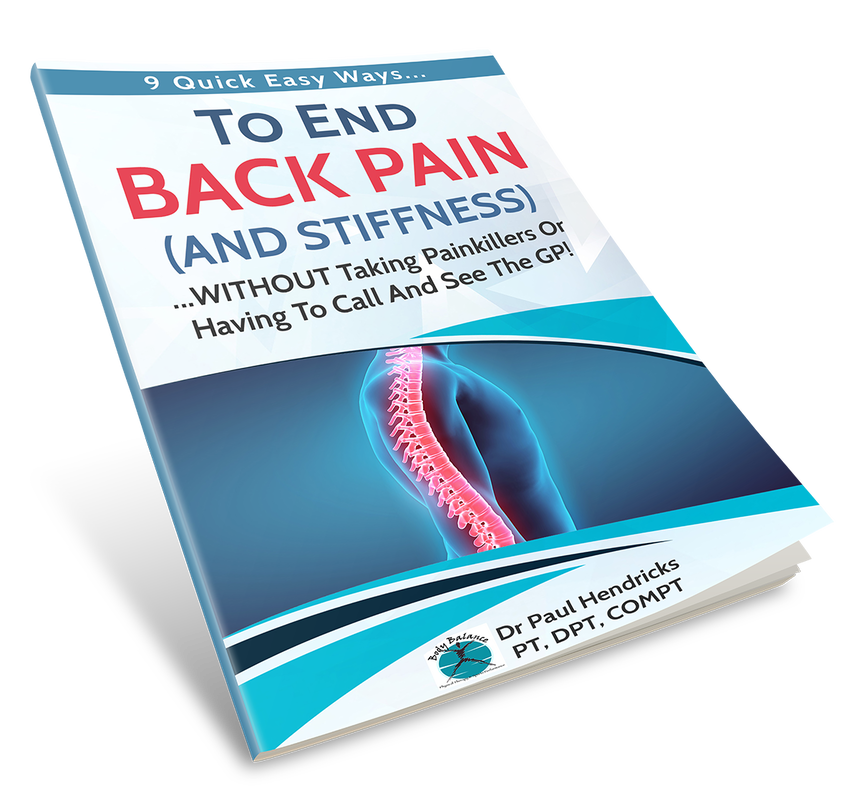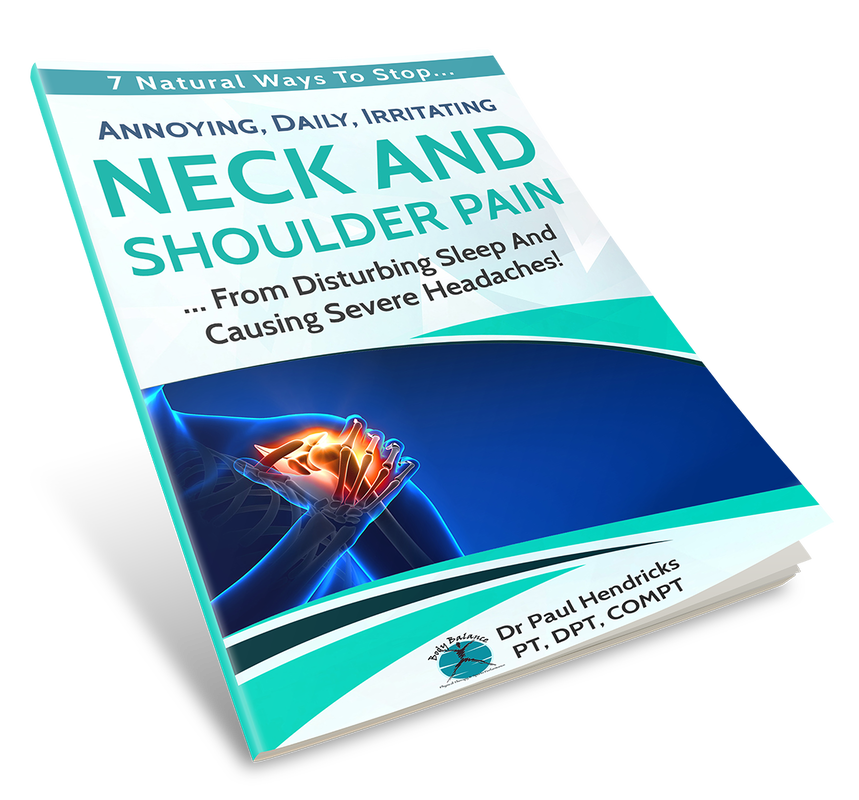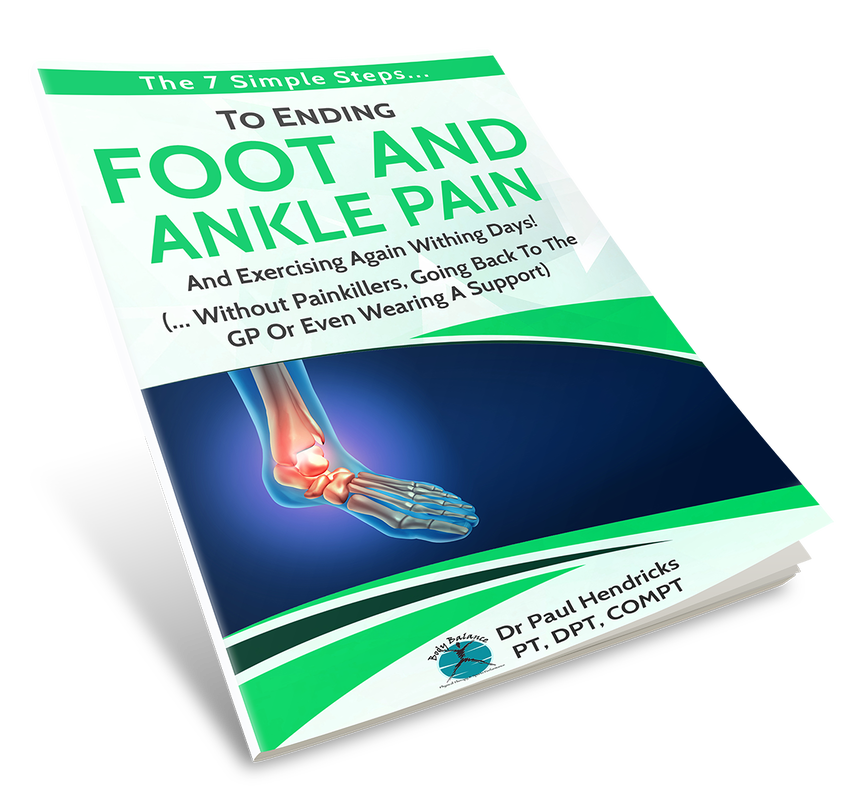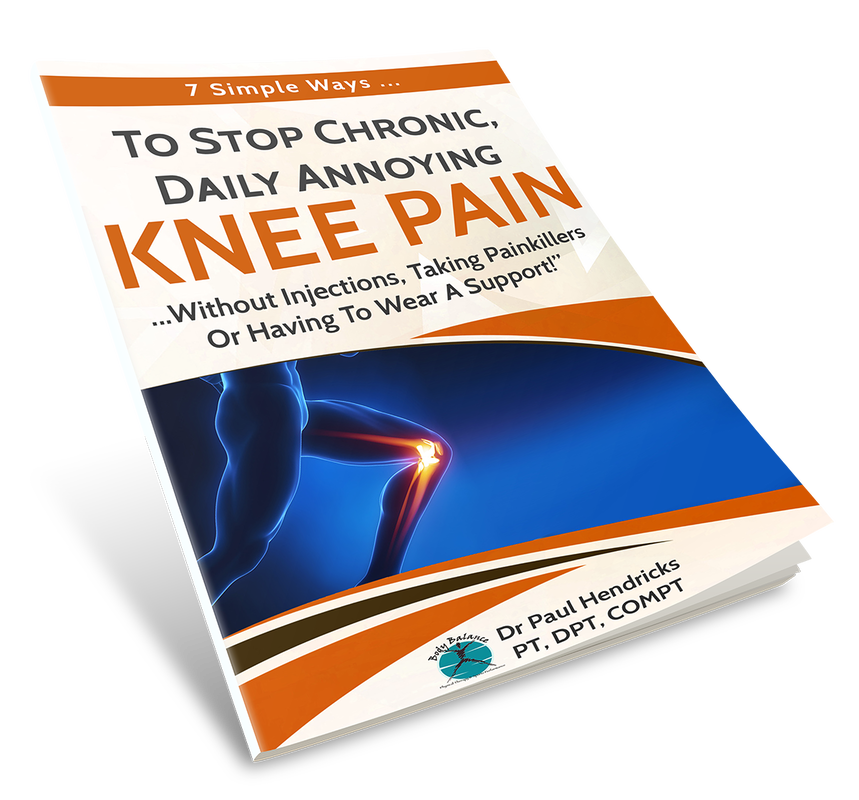(512) 261-8699
info@bodybalancelakeway.com
Our mission is to help people make better decisions about their health and add a little joy to their day. With Body Balance we will help you pursue growth & lifelong learning with honest & open communication channels.
info@bodybalancelakeway.com
Our mission is to help people make better decisions about their health and add a little joy to their day. With Body Balance we will help you pursue growth & lifelong learning with honest & open communication channels.
